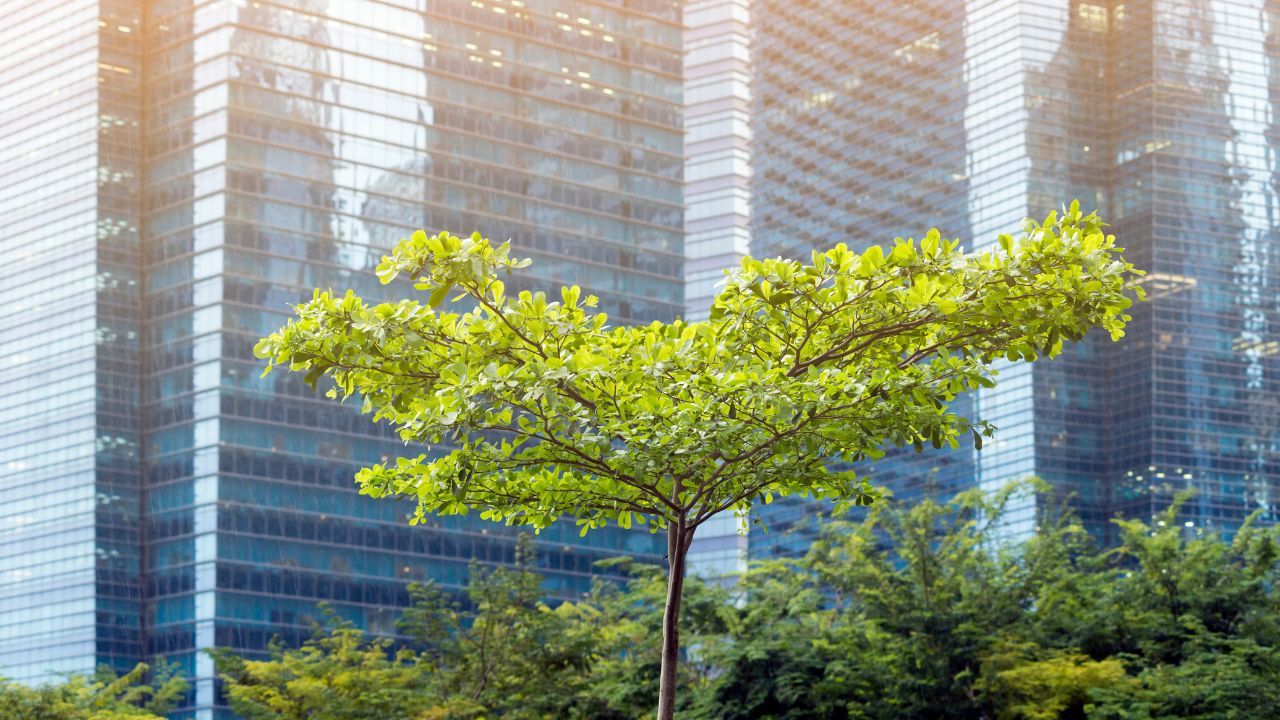9 Reasons Why Cities Need More Trees
Aug 30, 2023
Y’all know I’m a tree lover. I talk to them, hug them, and go to them when I need to ground. I listen when they have a message. I have my favorites in different places. It’s easy when you live near a forest or a park. But everyone doesn’t have easy access and I think they should. There are so many reasons for city planners to make sure trees are a part of the public surroundings, whether they are planted as part of a neighborhood design or included in the landscaping for the local business district.
- Temperature Control – Trees are nature’s air conditioning. A mature shade tree can help reduce cooling costs, by blocking solar radiation. A Pennsylvania study found that home air-conditioning needs could be reduced by up to 75 percent by shading a house with trees! Trees also reduce street temperatures, making it more comfortable for folks to be outside.
- Noise Reduction – Strategically placed trees and other plants can absorb, deflect, refract, or mask sound, reducing noise pollution by 5 to 8 decibels. They can dampen the sound of traffic, airplanes, sirens, music, and other loud community noises.
- Air Purity - According to Ecosia, the search engine that fights climate change through reforestation, the world’s forests absorb a third of global emissions every year. Particles, odors and pollutants such as nitrogen oxides, ammonia, and sulfur dioxide settle on the leaves of a tree. The tree absorbs these toxic chemicals through their stomata, or ‘pores’, effectively filtering these chemicals from the air. Trees also reduce ground-level ozone levels and release life-giving oxygen.
- Oxygen – While the amount of oxygen produced can vary wildly from tree to tree, according to an Arbor Day Foundation report, a mature leafy tree can produce as much oxygen in one season as 10 people inhale in a year. Knowing that air pollution in cities is generally worse than the countryside, it seems like it would make sense to plant more trees to make city spaces livable instead of clearing them for development.
- Water Management – Capturing rainwater in their canopies, branches, trunks, and roots, trees reduce runoff and allow rainwater to seep into the ground more slowly. Tree-lined streets and other green spaces in urban areas can absorb rainwater, reducing the burden on stormwater infrastructure. Trees also provide shade, which helps to reduce urban heat island effects, lower the demand for water for irrigation, and increase overall water use efficiency in cities.
- Psychological Health – Studies have shown what we instinctively know to be true – we’re happier when surrounded by nature instead of concrete. Our emotions, thoughts, and behavior are shaped by the places we spend time, and trees have a profoundly positive effect on our psychology. Several studies have linked increased trees to reduced crime, especially in poverty-stricken areas. Whether it’s because people want to spend more time outside and end up getting to know their neighbors or it’s because of the calming effects of being near trees or both, more greenery is a plus!
- Physical Health – Several studies show that trees impact our physical health in various ways. Spending time in forested areas has been linked to improved immunity due to aromatic compounds, as well as lowered blood pressure and cortisol levels. One study concluded that “having 10 more trees in a city block, on average, improves health perception in ways comparable to an increase in annual personal income of $10,000 and moving to a neighborhood with $10,000 higher median income or being 7 years younger.”
- Wildlife - Urban forests are a critical habitat for biodiversity, allowing cities to welcome wildlife back into our neighborhoods and providing a habitat for migratory species and pollinators. They often have higher tree diversity than rural forests, and thus serve as repositories of genetic diversity. According to the Food and Agricultural Organization of the United Nations, although cities cover about 2% of the Earth’s land, they are home to one sixth of the world’s tree diversity. More than 20% of the world’s avian biodiversity resides in cities and their trees. A single tree:
- Can produce thousands of flowers, providing sustenance to populations of pollinating insects maintaining our food production.
- Can be home to hundreds of species of insects, fungi, moss, mammals, and plants.
- Can intercept more than 15,000 liters of water a year, mitigating floods and storing water for local ecosystems.
- Economics - The economic benefit of urban trees is hard to calculate. The benefits I mentioned above all have an economic impact on a city. The economic impact of temperature control and more breathable air are obvious. But the links to reduced crime and the psychological benefits all affect a city’s bottom line. Even if roots damage the sidewalk or other infrastructure sometimes, the benefits far outweigh the costs to fix a pipe.
I’m sure there are more than 9 benefits to having more trees in cities, but these are the ones I thought of. When was the last time you hugged or just spent time with a tree? My challenge to you is to go outside today and say hello to a tree near you.
Ready to DO something right now? Download the Everyday Activism Action Pack and get started today.
We hate SPAM. We will never sell your information for any reason.

